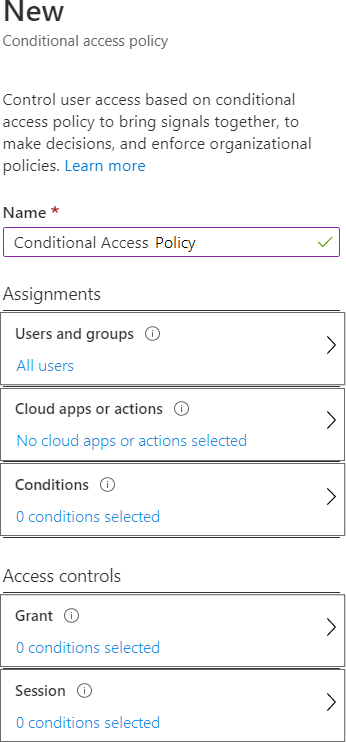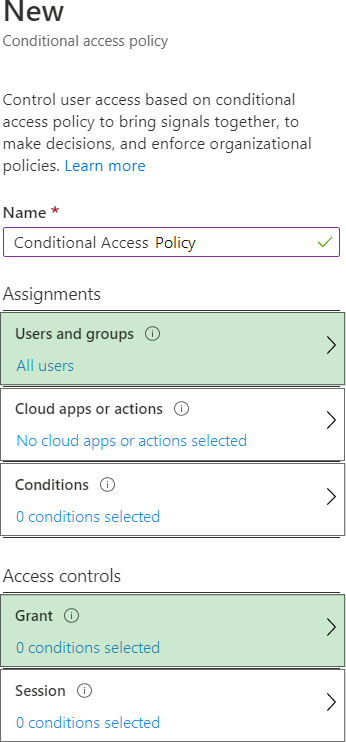Microsoft AZ-140 Configuring and Operating Windows Virtual Desktop on Microsoft Azure Online Training
Microsoft AZ-140 Online Training
The questions for AZ-140 were last updated at Apr 14,2025.
- Exam Code: AZ-140
- Exam Name: Configuring and Operating Windows Virtual Desktop on Microsoft Azure
- Certification Provider: Microsoft
- Latest update: Apr 14,2025
You have a Windows Virtual Desktop host pool named Pool1 and an Azure Storage account named
Storage1.
Storage1 stores FSLogix profile containers in a share folder named share1.
You create a new group named Group1. You provide Group1 with permission to sign in to Pool1.
You need to ensure that the members of Group1 can store the FSLogix profile containers in share1.
The solution must use the principle of least privilege.
Which two privileges should you assign to Group1? Each correct answer presents part of the solution. NOTE: Each correct selection is worth one point.
- A . the Storage Blob Data Contributor role for storage1
- B . the List folder / read data NTFS permissions for share1
- C . the Modify NTFS permissions for share1
- D . the Storage File Data SMB Share Reader role for storage1
- E . the Storage File Data SMB Share Elevated Contributor role for storage1
- F . the Storage File Data SMB Share Contributor role for storage1
You have a Windows Virtual Desktop host pool.
You need to install Microsoft Antimalware for Azure on the session hosts.
What should you do?
- A . Add an extension to each session host.
- B . From a Group Policy Object (GPO), enable Windows 10 security features.
- C . Configure the RDP Properties of the host pool.
- D . Sign in to each session host and install a Windows feature.
HOTSPOT
You have a Windows Virtual Desktop deployment.
You need to ensure that all the connections to the managed resources in the host pool require multi-factor authentication (MFA).
Which two settings should you modify in a conditional access policy? To answer, select the appropriate options in the answer area. NOTE: Each correct selection is worth one point.

HOTSPOT
You have a Windows Virtual Desktop deployment.
You need to ensure that all the connections to the managed resources in the host pool require multi-factor authentication (MFA).
Which two settings should you modify in a conditional access policy? To answer, select the appropriate options in the answer area. NOTE: Each correct selection is worth one point.

Note: This question is part of a series of questions that present the same scenario. Each question in the series contains a unique solution that might meet the stated goals. Some question sets might have more than one correct solution, while others might not have a correct solution.
After you answer a question in this section, you will NOT be able to return to it. As a result, these questions will not appear in the review screen.
You have a W indows Virtual Desktop host pool named Pool1 that is integrated with an Azure Active Directory Domain Services (Azure AD DS) managed domain.
You need to configure idle session timeout settings for users that connect to the session hosts in Pool1.
Solution: From an Azure AD DS-joined computer, you modify the AADDC Computer GPO settings.
Does that meet the goal?
- A . Yes
- B . No
Note: This question is part of a series of questions that present the same scenario. Each question in the series contains a unique solution that might meet the stated goals. Some question sets might have more than one correct solution, while others might not have a correct solution.
After you answer a question in this section, you will NOT be able to return to it. As a result, these questions will not appear in the review screen.
You have a Windows Virtual Desktop host pool named Pool1 that is integrated with an Azure Active Directory Domain Services (Azure AD DS) managed domain.
You need to configure idle session timeout settings for users that connect to the session hosts in Pool1.
Solution: From an Azure AD DS-joined computer, you modify the AADDC Computers GPO settings.
Does that meet the goal?
- A . Yes
- B . No
Note: This question is part of a series of questions that present the same scenario. Each question in the series contains a unique solution that might meet the stated goals. Some question sets might have more than one correct solution, while others might not have a correct solution.
After you answer a question in this section, you will NOT be able to return to it. As a result, these questions will not appear in the review screen.
You have a Windows Virtual Desktop host pool named Pool1 that is integrated with an Azure Active Directory Domain Services (Azure AD DS) managed domain.
You need to configure idle session timeout settings for users that connect to the session hosts in Pool1.
Solution: From the Azure portal, you modify the Session behavior settings in the RDP Properties of Pool1.
Does that meet the goal?
- A . Yes
- B . No
You have a Windows Virtual Desktop deployment.
You publish a RemoteApp named AppVersion1.
You need AppVersion1 to appear in the Remote Desktop client as Sales Contact Application.
Which PowerShell cmdlet should you use?
- A . New-AzADApplication
- B . Update-AzWvdApplicationGroup
- C . Register-AzWvdApplicationGroup
- D . Update-AzWvdApplication
You have a Windows Virtual Desktop deployment that contains the following:
✑ A host pool named Pool1
✑ Two session hosts named Host1 and Host2
✑ An application group named RemoteAppGroup1 that contains a RemoteApp named App1
You need to prevent users from copying and pasting between App1 and their local device.
What should you do?
- A . Create an AppLocker policy.
- B . Modify the locks of RemoteAppGroup1.
- C . Modify the locks of RemoteAppGroup1.
- D . Modify the RDP Properties of Pool1.
You have a Windows Virtual Desktop deployment that contains the following:
✑ A host pool named Pool1
✑ Two session hosts named Host1 and Host2
✑ An application group named RemoteAppGroup1 that contains a RemoteApp named App1
You need to prevent users from copying and pasting between App1 and their local device.
What should you do?
- A . Create an AppLocker policy.
- B . Modify the locks of RemoteAppGroup1.
- C . Modify the locks of RemoteAppGroup1.
- D . Modify the RDP Properties of Pool1.
Latest AZ-140 Dumps Valid Version with 53 Q&As
Latest And Valid Q&A | Instant Download | Once Fail, Full Refund


